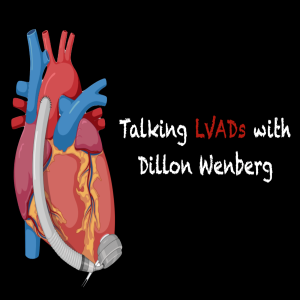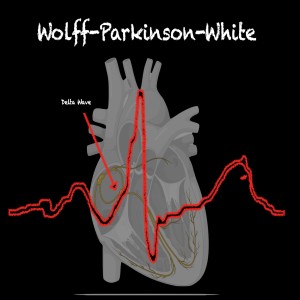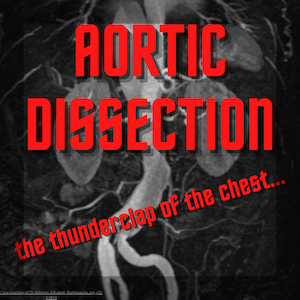Episodes

Monday Dec 28, 2020
Talking LVADs with Dillon Wenberg
Monday Dec 28, 2020
Monday Dec 28, 2020
Ventricular assist devices can be confusing and scary to manage. Having knowledge can increase your confidence and the care delivered to your patient. I talked with Dillon Wenberg, IA MED critical care instructor and co-author of the NEW IA MED MCAD course/book. We discussed all of the commonly asked questions about LVADs in prehospital settings.
MyLVAD.com <--- Amazing resource on different LVAD types. I encourage you to print some of the common alarms and device information.
SUBSCRIBE AND LEAVE A RATING ON ITUNES!!!
If you have any questions please feel free to contact me at pushdosemedic@gmail.com
The Push Dose Medic website is live!!! www.pushdosemedic.com

Sunday May 09, 2021
Wolff-Parkinson-White
Sunday May 09, 2021
Sunday May 09, 2021
Remember the WPW Triad
1. Short PR Interval <120ms
2. Widened QRS >120ms
3. Delta Wave
*This is WPW pattern, patients that present symptomatic then have WPW syndrome.*

WPW EKG- Notice the slight upstroke into the QRS complex, that's the delta wave!

Treatments-
Most people will be asymptomatic with just WPW pattern, monitor for any tachycardia and hypo perfusion.
Symptomatic patients receive synchronized cardioversion, remember UNSTABLE GETS THE CABLE!
WPW does not receive ABCD!
- Adenosine
- Beta-Blockers
- Calcium Channel Blockers
- Digoxin
SUBSCRIBE AND LEAVE A RATING ON ITUNES!!!
If you have any questions please feel free to contact me at pushdosemedic@gmail.com

Friday May 14, 2021
Aortic Dissection- The thunderclap of the chest
Friday May 14, 2021
Friday May 14, 2021
Dissections occur when the tunica intima and tunica media layers of the aorta weaken and tear causing blood to create a false lumen. Different classifications determine severity and treatments.
——Standford Classification——
Type A- Ascending aorta and can continue to the arch and/or the descending aorta.
Type B- Involves the descending aorta distal of the left subclavian artery.
——Risk factors/Presentation——
HTN, tissue disorders, Marfans syndrome, age, and male gender. These patients will present with classic ripping/tearing chest pain that radiates to back, sometimes to abdomen depending on location of dissection. Focal neuro defects, BP/pulse deficits, N/V, SHOB, diaphoreses etc.
——Diagnosis——
Initial diagnosis starts with a good history of the patient to see if the qualify with high risk factors, next is imaging. CXR does not rule out a dissection but clue you in with a widened mediastinum. Next is the gold standard which is CT, some complications may arise with decreased renal function and contrast. If patient is stable enough MRI is possible. Other options are TEE (requires ETI), or TTE. These both have restrictions in imaging the full aorta for diagnosis.
——Treatments——
Treatments depends on type of dissection.
——Type A——
Require immediate emergent cardiac surgery. Due to the nature and location of the dissection patient is at risk for hemorrhage, hypo perfusion to vitals organs. Usually repaired with aortic graft/replacement.
——Type B——
Unless complicated with hypo perfusion which would require surgical consult (TEVAR) with stent placement, type B is management with medication. Anti-impulse therapy is initiated long term with medications to control HR and BP.



SUBSCRIBE AND LEAVE A RATING ON ITUNES!!!
If you have any questions please feel free to contact me at pushdosemedic@gmail.com
The Push Dose Medic website is live!!! www.pushdosemedic.com

